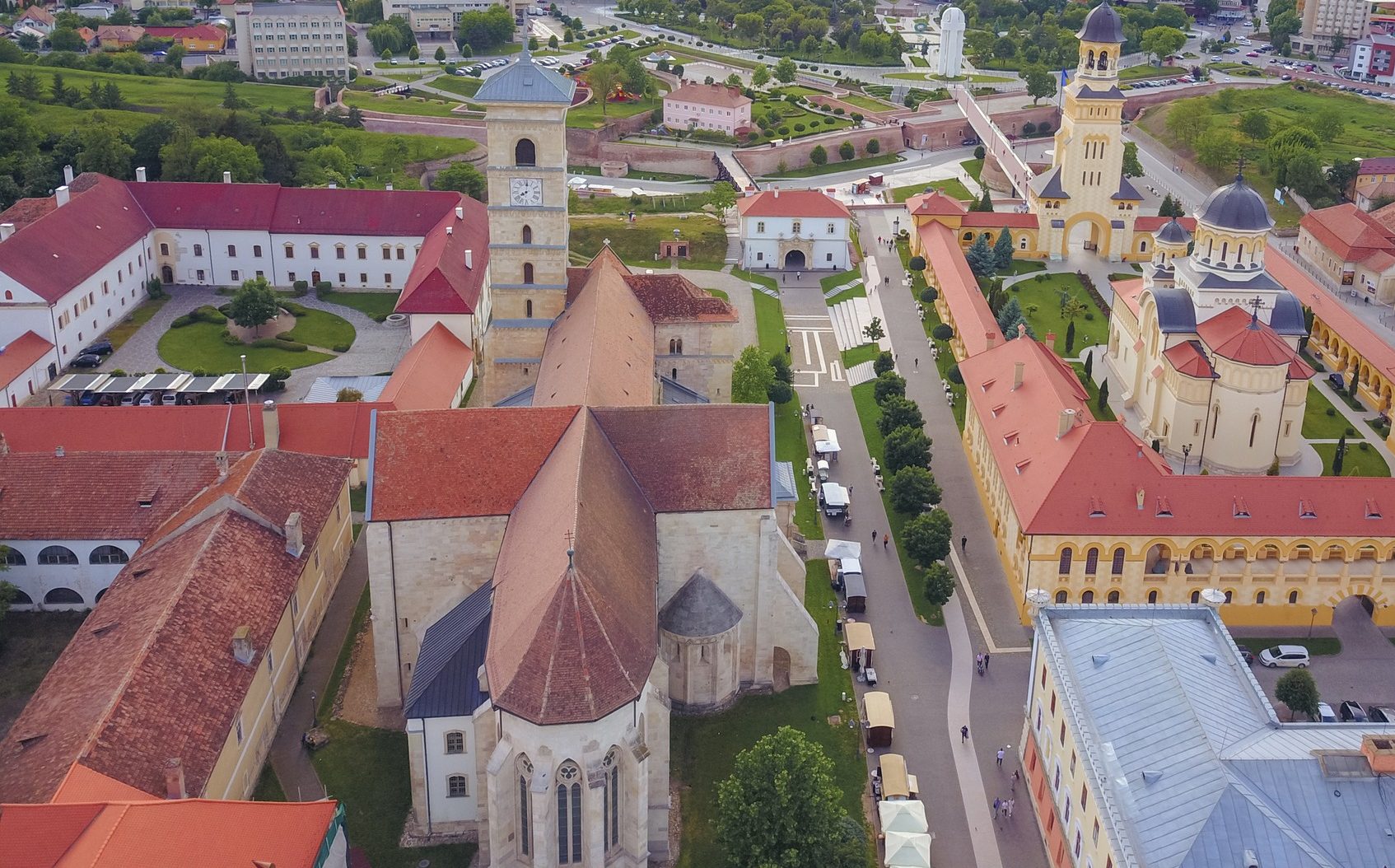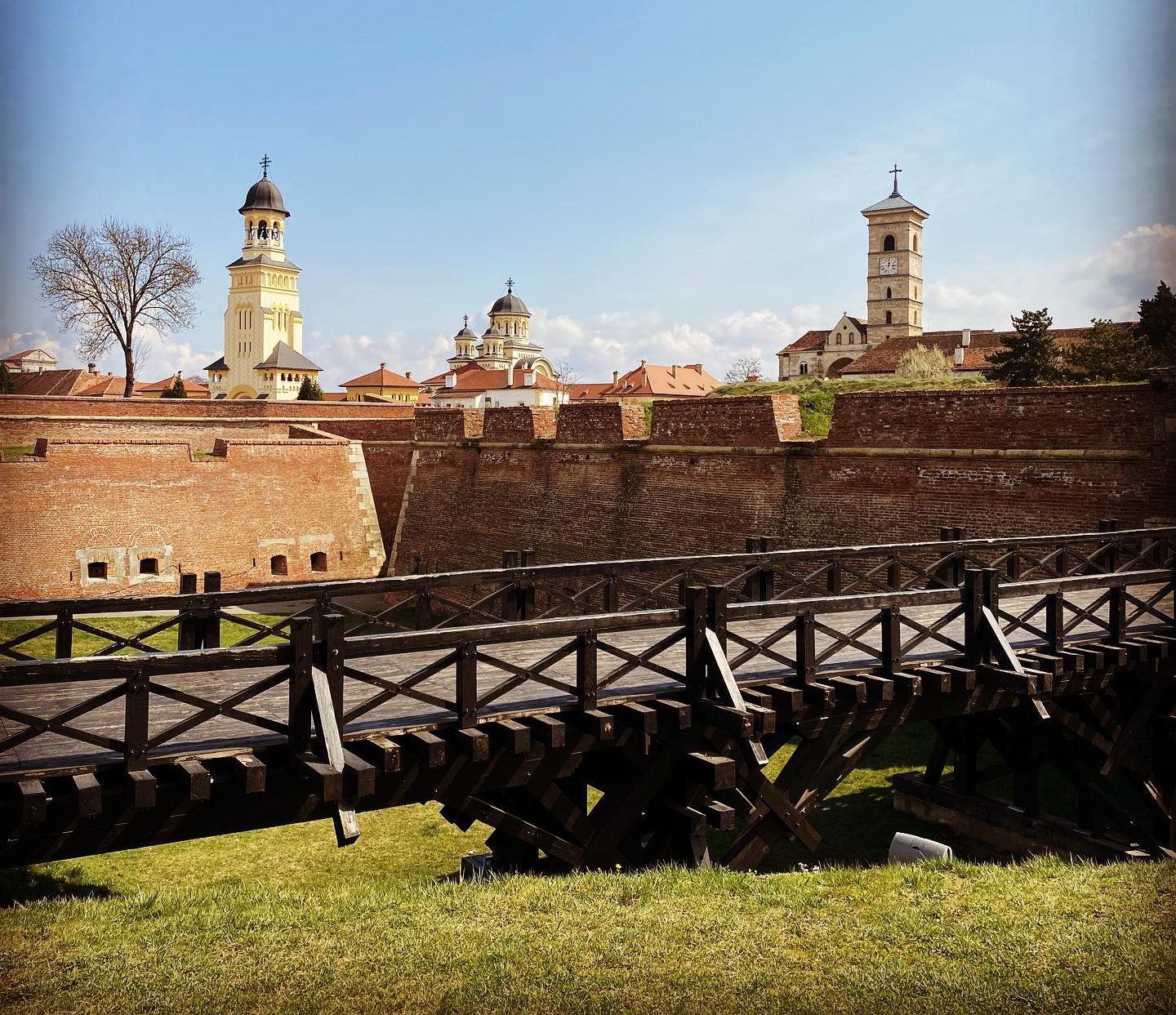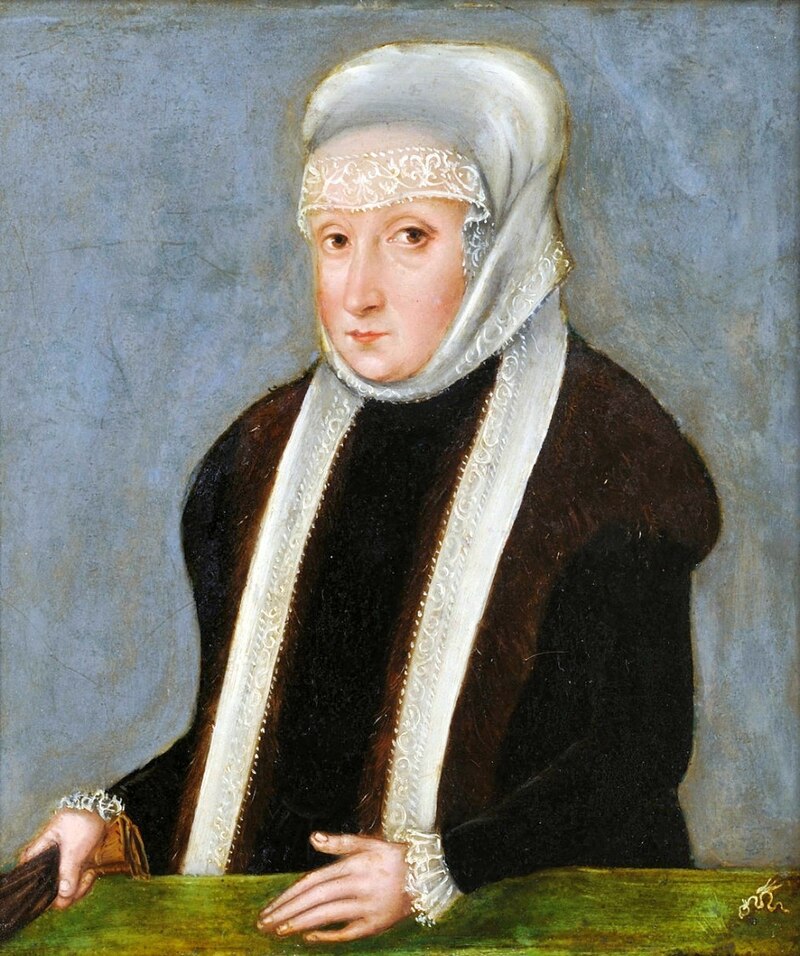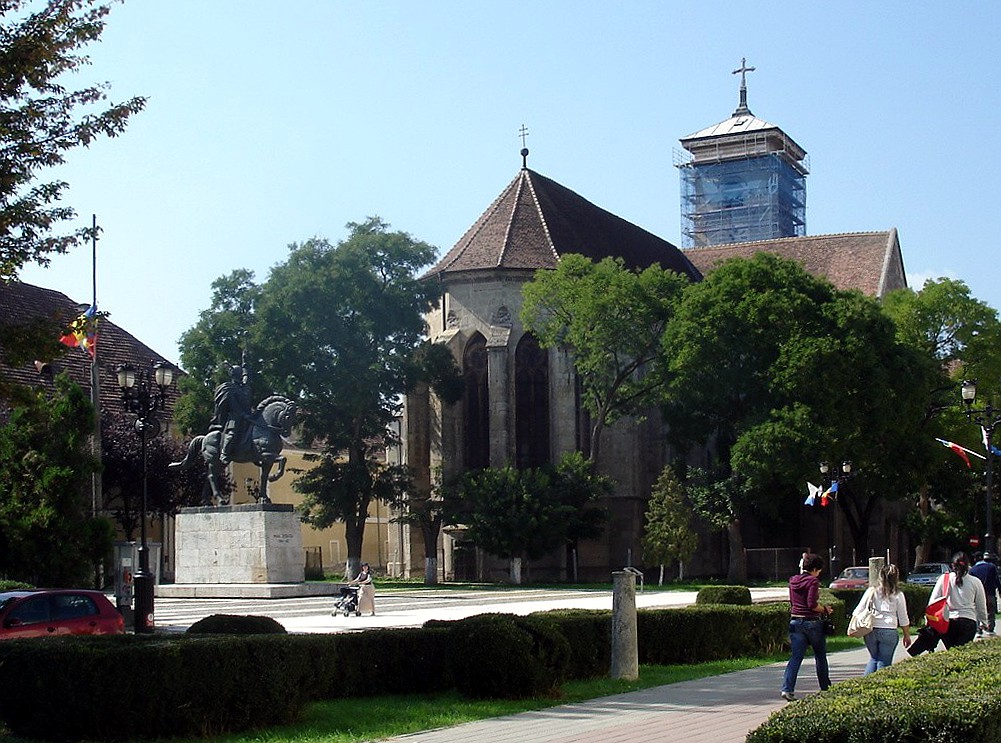
The inauguration ceremony of the restored monument will take place next spring.Continue reading

The restored Princely Palace in Transylvania, the former seat of the Principality of Transylvania, will open its doors to the public for the first time form Monday, the museum, housed in the building, announced in a press release.
The Museum of the Principalities of Transylvania has been housed in one of the most important historical monuments of Transylvania and Alba Iulia (Gyulafehérvár, Romania) by its current owner, the Municipality of Alba Iulia, reports Mandiner. Founded last year, the institution, is opening its doors to visitors on Monday. It will be open to the public for free in February.
The permanent exhibition will present the historical periods and key events of the palace, illustrating its transformation during each period.
It also introduces some of the historical personalities who guide visitors through the rooms as “virtual curators.”

Photo via Facebook/Descoperă ALBA IULIA
Among them is the Hungarian Queen Isabella Jagiellon, buried in St. Michael’s Cathedral in Alba Iulia, who built a Renaissance center in the palace during her stay.
Two more exhibitions will open later, focusing on important figures in Transylvanian history – princes, princesses, governors.

Isabella Jagiellon. Photo via Wikipedia
The renovation of the Princely Palace started in 2018 with EU funding, and although it was due to be completed in 2021, the work was only finished last December. Of the investment, initially estimated at EUR 5 million, EUR 4 million was covered by the EU, with the significant additional cost covered by the local government.
The Princely Palace was built in the 15th century and was enlarged and rebuilt in the 16th and 17th centuries. Initially it belonged to the Transylvanian bishopric, but in 1542 it became the property of the newly-formed principality.
The princes of Transylvania governed the country from here for almost 150 years.
“It goes without saying that the residence of the princes played an important role in the political life of Transylvania. In order to appreciate the historical importance of this period, it should be borne in mind that the palace of the time included the three inner courts and the present-day bishop’s palace. The buildings of the complex were extensively enlarged and decorated during the reigns of Sigismund Báthory, Gabriel Bethlen and George I Rákóczi. The palace had such notable residents as Queen Isabella, Prince Sigismund Báthory; Michael the Brave, who united Transylvania, Western Moldavia and Wallachia; Prince Gabriel Bethlen, during whose reign Alba Iulia reached its golden age of prosperity,” says historian Dr. Roșu Tudor.
Next to the main entrance, on the north side, there is a large relief of Michael the Brave sitting on a throne and accepting bread and salt from the people. It was inaugurated in 1975, the 375th anniversary of the unification of in Romania.

Photo via Wikipedia
After the Great Union Day (Romanian unification in 1918), the building became the property of the Romanian army. Today, the palace is only two thirds of the former prince’s residence.
The monument, even dismembered, is unique in Transylvania and has served as a model for late Renaissance buildings.
The Princely Palace is a proposed World Heritage Site as part of the historic center of Alba Iulia. Currently the building is protected and experts are constantly investigating hidden traces of its original grandeur.
Via Mandiner; Featured image via Facebook/Descoperă ALBA IULIA